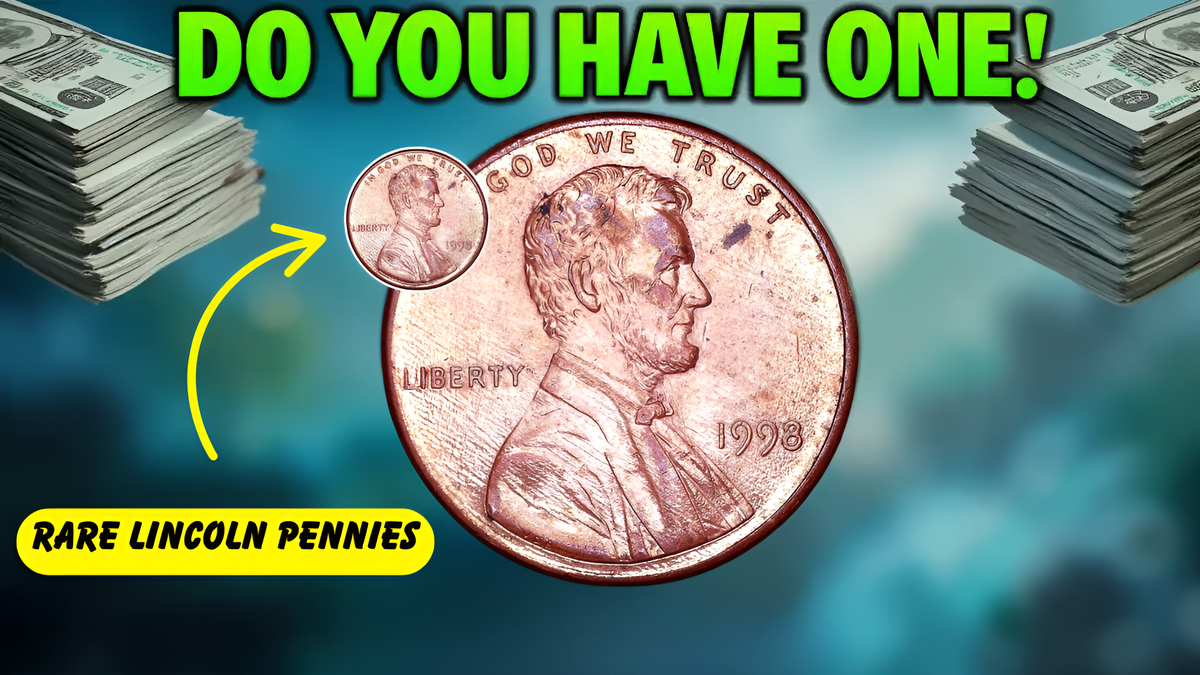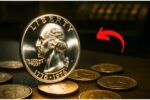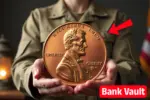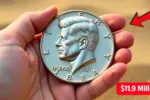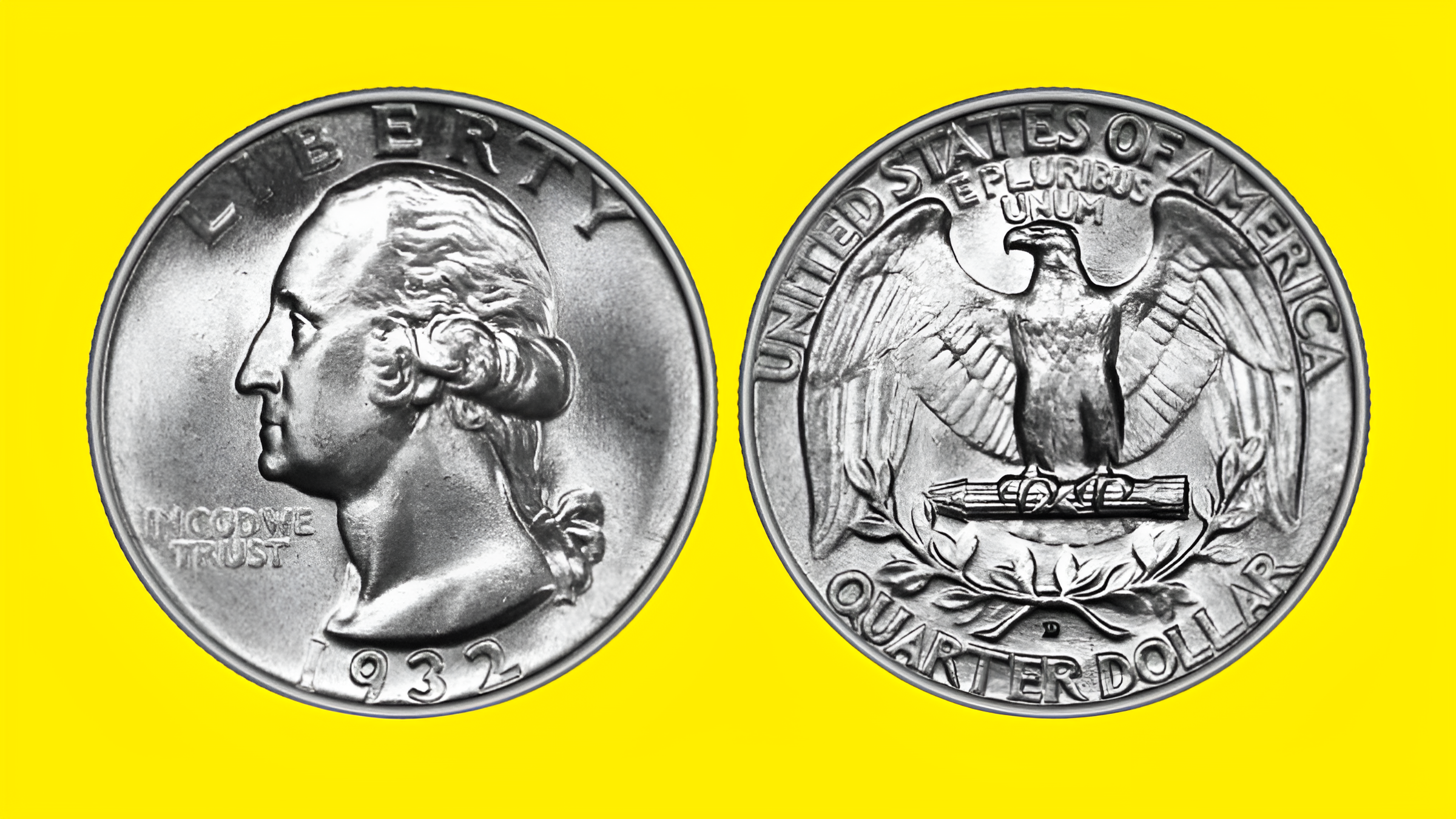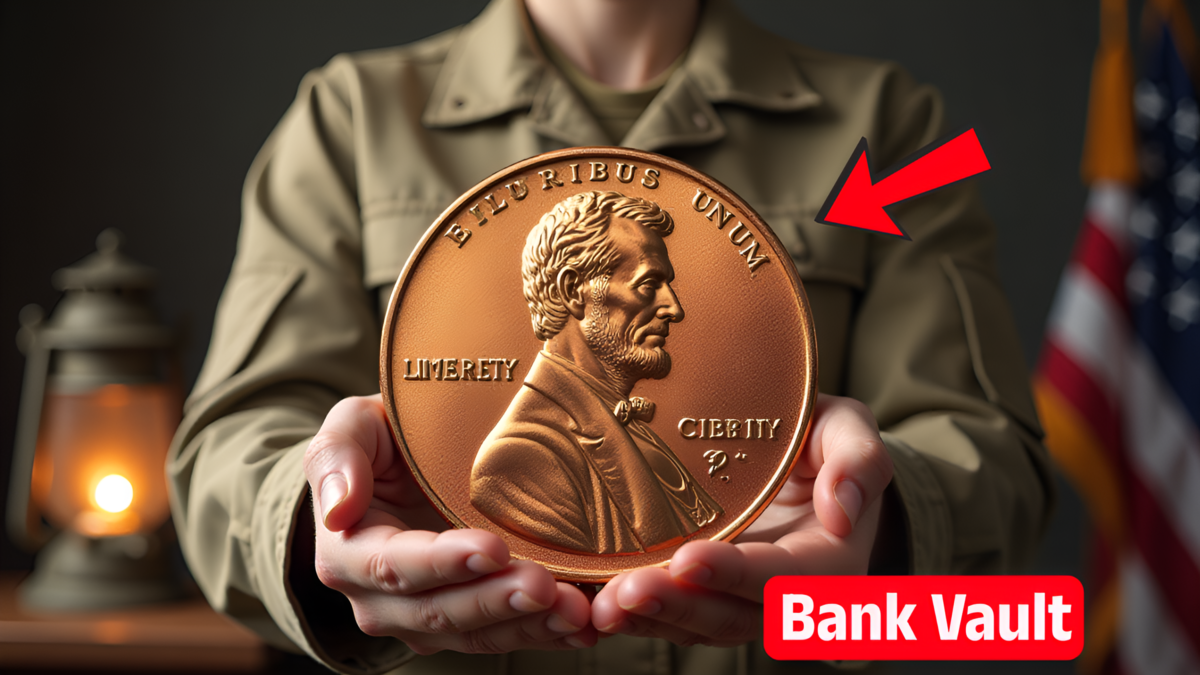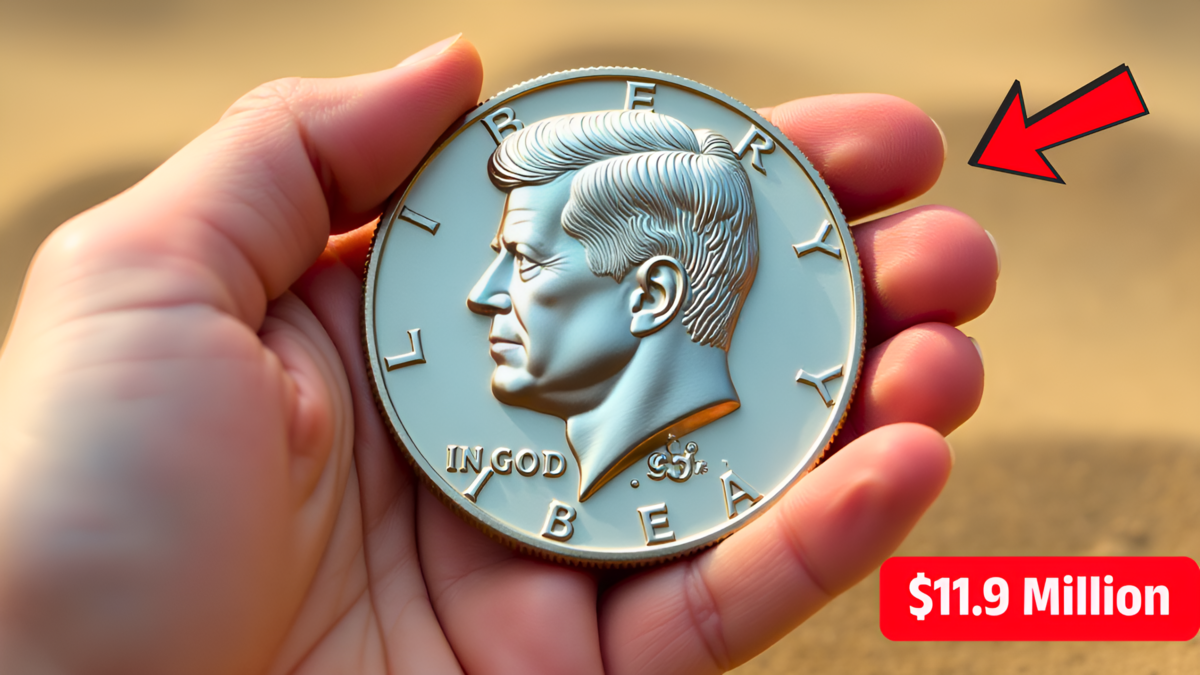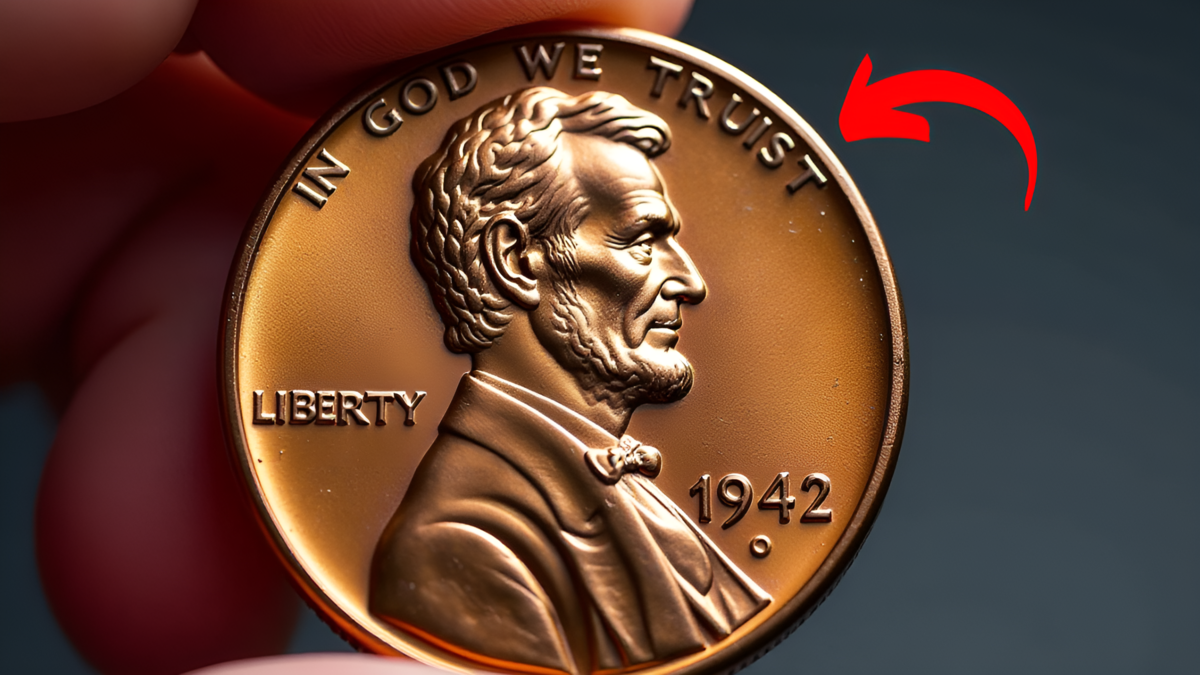Coins are not just currency they’re pieces of history. Among the most iconic coins in American circulation is the Lincoln penny, introduced in 1909 to commemorate the 100th anniversary of Abraham Lincoln’s birth. While most of these pennies are worth exactly what they say one cent a select few are incredibly rare and highly valuable due to errors, unusual compositions, or limited mintages. These coins can fetch thousands or even millions of dollars at auction, making them the ultimate treasure in a collector’s hunt.
Whether you’re a dedicated numismatist or someone who just digs through pocket change out of curiosity, you might unknowingly possess one of these hidden gems. Here, we delve into the top five rare Lincoln pennies that could be sitting in your collection right now.
1. The 1943 Bronze Lincoln Penny
During World War II, copper was in high demand for munitions and other war-related materials. As a result, the U.S. Mint decided to switch the composition of pennies from copper to steel coated with zinc in 1943. However, through an error in the minting process, a few bronze blanks (used before the switch) accidentally got struck with the 1943 design.
These 1943 bronze pennies are among the most sought-after error coins in the world. They can be identified by their reddish-brown color and, crucially, their non-magnetic nature unlike steel pennies, which stick to a magnet. Only about a couple of dozen are thought to exist, and their rarity makes them exceptionally valuable. In 2010, a 1943 bronze penny sold for an astonishing $1.7 million at auction.
The next time you come across a 1943 penny, give it a quick magnet test. If it’s bronze, you might just be holding a seven-figure collectible.
2. The 1955 Double Die Lincoln Penny
The 1955 Double Die penny is perhaps the most well-known error coin among Lincoln pennies. This error was caused during the minting process when the obverse die (the part that stamps the front of the coin) was misaligned, resulting in a dramatic doubling of the inscriptions.
If you examine a 1955 Double Die penny, you’ll notice that the words “Liberty” and “In God We Trust” appear doubled, as does the date. This doubling is clear to the naked eye, making it one of the easiest errors to spot. Despite the error, these pennies were circulated, which is why they occasionally appear in collections or even in pocket change.
Values for the 1955 Double Die penny can range from a few thousand dollars for a worn example to over $100,000 for one in pristine, uncirculated condition. If you ever find a 1955 penny, be sure to check the text for doubling you could be holding a small fortune.
3. The 1969-S Double Die Obverse Lincoln Penny
The 1969-S Double Die Obverse penny is another error coin that has achieved legendary status among collectors. Similar to the 1955 Double Die, this penny features a doubling of the text on the obverse side, including “Liberty,” “In God We Trust,” and the date. However, unlike the 1955 penny, the doubling on this coin is more subtle and may require magnification to spot.
What makes the 1969-S Double Die Obverse penny even more extraordinary is its rarity. Only a few examples are known to exist, and they are highly prized by numismatists. In fact, these coins have sold for hundreds of thousands of dollars at auction.
If you suspect you have a 1969-S Double Die penny, it’s worth getting it authenticated by a professional. With such few in existence, finding one would be like uncovering a numismatic Holy Grail.
4. The 1972 Double Die Lincoln Penny
While not as rare as the 1955 or 1969-S Double Die pennies, the 1972 Double Die penny is another example of a striking minting error. This coin features noticeable doubling on the obverse side, especially in the words “Liberty,” “In God We Trust,” and the date. Unlike other double die pennies, the doubling on the 1972 variety is somewhat subtler, requiring a magnifying glass to detect in some cases.
Even though these coins are more common, they are still valuable. In uncirculated condition, a 1972 Double Die penny can be worth several thousand dollars. For those who enjoy hunting through rolls of pennies or inherited collections, this coin offers a realistic chance of finding a valuable rarity.
5. The 1992 Close AM Lincoln Penny
The 1992 Close AM penny is a modern rarity that has captivated the attention of collectors. On most pennies minted in 1992, the letters “A” and “M” in “AMERICA” on the reverse side are spaced apart. However, a few pennies were mistakenly struck with the letters very close together, creating the Close AM variety.
This subtle difference is easy to miss, but it makes the Close AM penny incredibly rare. In mint condition, these coins have been known to sell for thousands of dollars. To identify a Close AM penny, closely examine the reverse side of your 1992 pennies using a magnifying glass.
The Close AM penny is proof that even minor design variations can significantly impact a coin’s value. It’s a perfect example of why attention to detail is crucial in coin collecting.
How to Identify Rare Lincoln Pennies
If you’re intrigued by the possibility of owning one of these rare Lincoln pennies, the first step is knowing how to identify them. Here are a few tips:
- Use a Magnifying Glass or Loupe: Examine your coins closely for errors, such as doubling in text or subtle design changes.
- Test Composition with a Magnet: For 1943 pennies, a magnet test can quickly determine if the coin is steel (common) or bronze (rare).
- Consult Reference Materials: Use trusted coin guides or online resources to compare your coins with known rare varieties.
- Seek Professional Appraisal: If you think you’ve found a rare coin, have it authenticated and graded by a reputable service.
Why Are Rare Lincoln Pennies So Valuable?
The value of rare Lincoln pennies comes down to three main factors: scarcity, historical significance, and condition. Coins with minting errors or unusual features are often one-of-a-kind or produced in such small quantities that they become highly desirable to collectors. The stories behind these coins whether it’s a wartime production error or a subtle design variation add to their mystique and value.
Condition also plays a critical role in determining a coin’s worth. Uncirculated coins or those with minimal wear are generally more valuable than their heavily circulated counterparts. A tiny difference in condition can mean the difference between a coin being worth hundreds versus thousands of dollars.
Final Thoughts
Rare Lincoln pennies are a captivating aspect of the numismatic world. They remind us that even the smallest, most ordinary objects can hold immense historical and financial value. Whether you’re a seasoned collector or a casual enthusiast, taking the time to inspect your coins could lead to an incredible discovery. The next time you sift through your pocket change or sort through an old coin jar, keep an eye out you might already own one of these rare treasures.
FAQs
What makes a Lincoln penny rare?
Rare Lincoln pennies usually have minting errors, unusual compositions, or very limited mintages that make them highly valuable to collectors
How can I tell if my 1943 penny is bronze or steel?
Use a magnet — steel pennies will stick to it while bronze ones won’t also check for a reddish-brown color which indicates bronze
Where can I get a rare penny authenticated?
You can get your coin authenticated by reputable services like PCGS (Professional Coin Grading Service) or NGC (Numismatic Guaranty Company)
Are double die pennies still found in circulation?
Yes although rare double die pennies occasionally appear in circulation or in old coin collections and rolls
How much can a rare Lincoln penny be worth?
Depending on rarity and condition rare Lincoln pennies can range from a few thousand dollars to over a million at auction.
